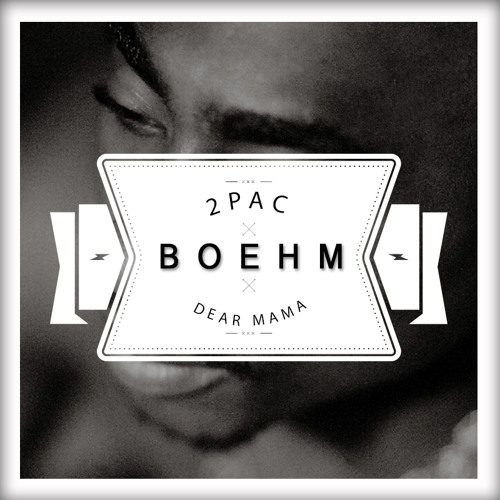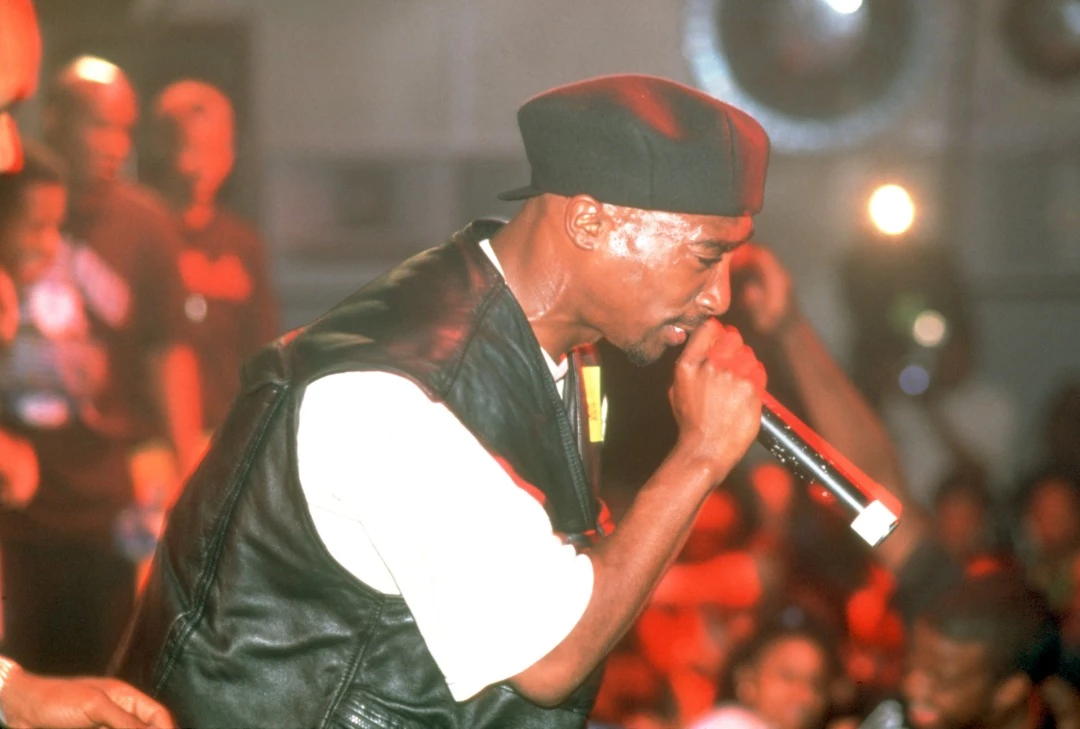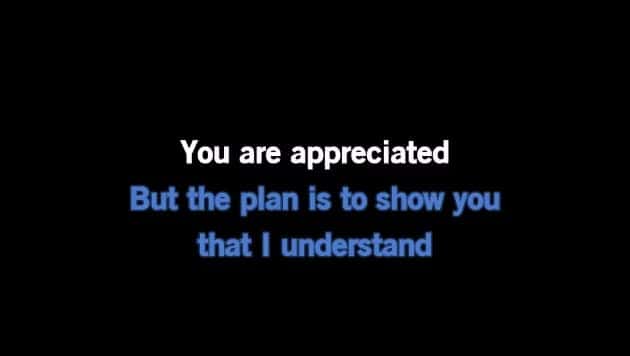

In the lyrics it says “When I was young me and my mama had beef, Seventeen years old kicked out on the streets,” Is reflecting on the fights that he and his Mother had when he was seventeen. This song is a tribute to his mother Afeni Shakur. Tupac Shakur engages the audience through his songs such as “Dear Mama” and “Changes.” Tupac is rapping about how his mother raised him and how much she struggled. I believe that Dear Mama should be accepted in the literary cannon because it has the same language features and literary devices like poems in the Western Literary Canon devices. This is due to the reverent social themes and the use of figurative language and deep meaning within the lyrical poem. I believe it should be put in the Western Literary Canon due to the relevant social themes and deep meaning within the lyrics. The song I have chosen is “Dear Mama”, by Tupac Shakur. Poetry from the original Canon, literature such as O Captain! My Captain! Is outdated and old in contrast to the new and popular Hip-Hop artists such as Tupac Shakur and Jay-Z. I really think that Hip-Hop should be accepted in the Western Literary Canon, Due to its lyrics, beat and language features. I am a fan of this because I love its beats, rhythm and lyrics. Hello, teachers and students I am a fan of the genre Hip-Hop. Also, the lyrics of the Hip-Hop evoke emotion through its meanings and purpose. Hip-Hop is the heart and soul of poetry because the beat and sound power over the written classical poems. But you don’t have to travel far to witness his impact: Even two decades after his untimely demise, 2Pac’s influence can be heard in everyone from Lil Wayne to Kendrick Lamar to Future.Hip-Hop was founded in the 1970’s by DJ Kool Herc.

Originally branding himself MC New York, 2Pac incorporated influences from the East and West Coasts, not to mention the South, to create a universalist message and sound that explains why murals of him can be found all the way to Sub-Saharan Africa. And as Death Row Records’ strain of gangsta rap defined the middle years of the decade, he became the label’s avatar. But there was also the funkadelic player (“I Get Around”), the insular loner (“Me Against the World”), the savage warlord (“Hit ’Em Up”), and the sensitive poet (“Brenda’s Got a Baby”). For much of his career, he embodied this revolutionary, fight-the-power ethos on songs like “Trapped” and “Keep Ya Head Up,” befitting the Afrocentric, conscious-minded milieu of the early ’90s. He was born Lesane Parish Crooks in 1971, but his mother (a Black Panther leader) swiftly changed his name to Tupac Amaru Shakur in honor of the last Incan emperor to perish while resisting Spanish rule. Even if his legend has become a tall tale, his music remains an indelible testament to the multitudes he contained. In fact, his closest analog may not be late rival The Notorious B.I.G., but rather dorm-room icons of the mythologized past: Jimi Hendrix, Bob Marley, and James Dean.

2Pac is arguably the most influential rapper of all-time.


 0 kommentar(er)
0 kommentar(er)
